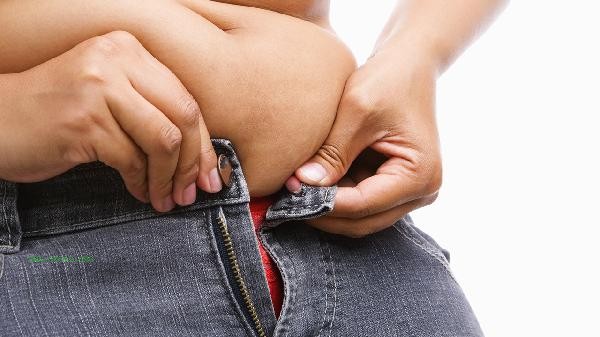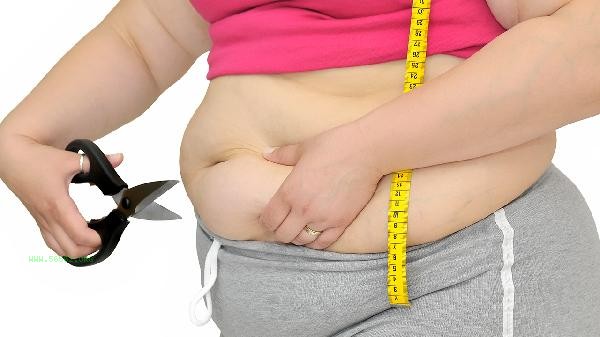Ultra slow jogging for 30-60 minutes every day has a better weight loss effect. Ultra slow jogging belongs to low-intensity aerobic exercise, which mainly achieves weight loss through continuous fat burning. Factors such as exercise duration, frequency, and dietary coordination jointly affect the effect.

Ultra slow jogging for weight loss requires maintaining a stable duration and regular frequency. 30 minutes is the critical point for improving fat burning efficiency, when the body begins to break down a large amount of fat for energy. People with a larger weight base can start from 20 minutes and gradually extend to over 45 minutes. At least 4-5 times a week, when combined with dietary control, a significant decrease in body fat can be observed after three months. Maintaining a heart rate of around 60% of the maximum heart rate during exercise can continuously activate the activity of fat metabolism enzymes and avoid excessive muscle consumption. Special populations need to adjust their exercise plans. People with weak cardiovascular function can use intermittent ultra slow jogging, such as running for 5 minutes and walking for 1 minute in a loop. People with knee joint discomfort should shorten the duration of a single session to 20 minutes, choose a soft track, and wear cushioned running shoes. Diabetes patients need to monitor blood sugar before and after exercise to avoid running on an empty stomach for a long time. Pregnant women and postpartum individuals are advised to consult a doctor and control the duration within 30 minutes while reducing the pace.

After ultra slow jogging, it is necessary to replenish water and high-quality protein in a timely manner, such as eggs or milk, to help with muscle repair. Avoid immediate intake of high sugar foods, and consume moderate amounts of bananas or whole wheat bread before and after exercise to maintain blood sugar stability. It is recommended to combine strength training to improve basal metabolic rate, and sufficient sleep can help sustain fat burning after exercise. If discomfort such as joint pain or dizziness occurs, exercise should be paused and medical evaluation should be sought.









Comments (0)
Leave a Comment
No comments yet
Be the first to share your thoughts!